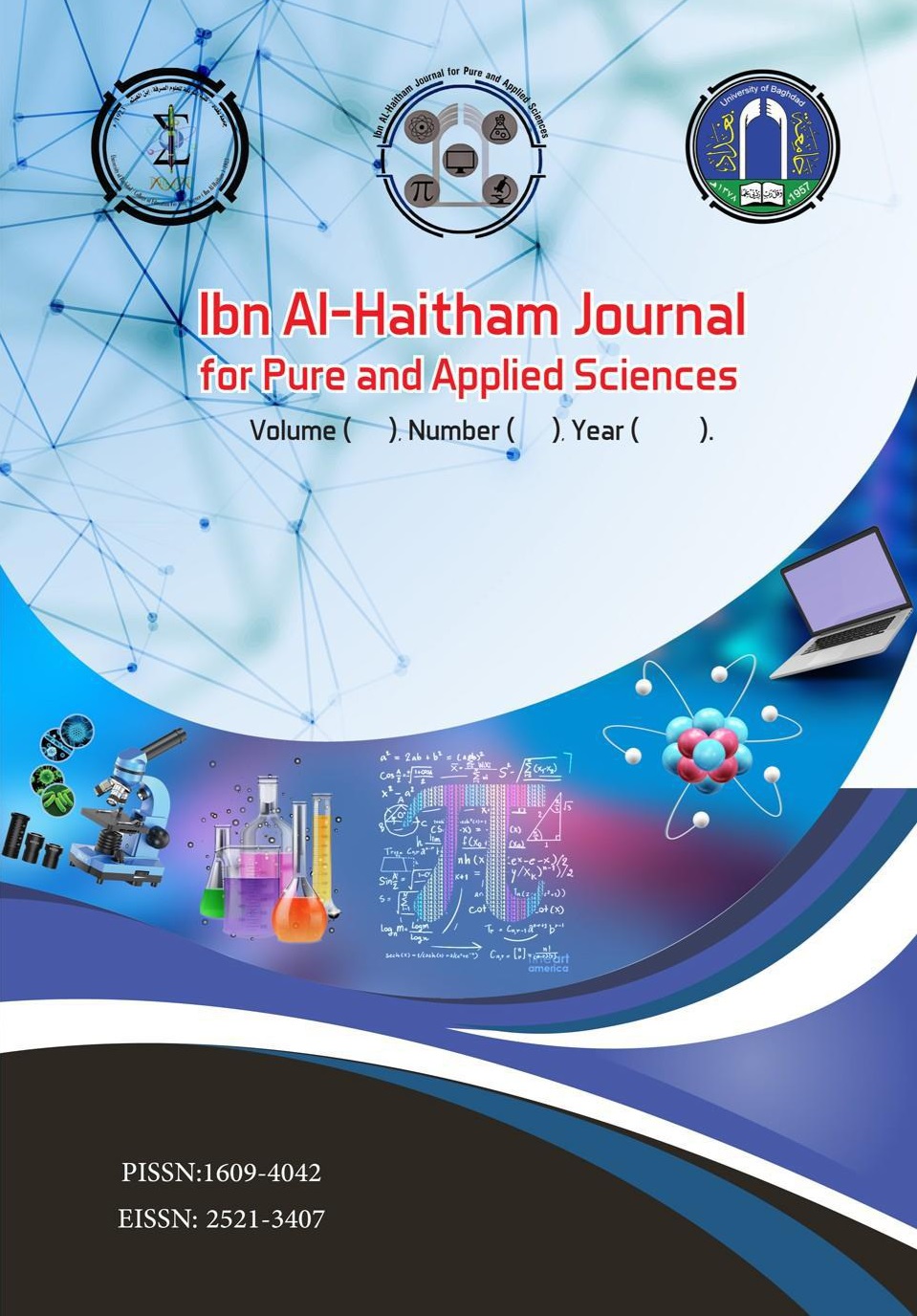Abstract
This study's primary objective was to create nanotechnology-based, precisely regulated drug
delivery devices. Antibiotic Amoxicillin was chosen, and chitosan nanoparticles (CSNPs) were
chosen to transport the medicine. Using the ionic gelation process, chitosan solution NPs were
synthesized using tripolyphosphate (TPP). Antibiotic-loaded chitosan nanoparticles (CSNPs) were
then used to create a nanocomposite with good performance. The resultant nanocomposite can be
put to use as an effective, non-toxic antimicrobial agent. CMCS has a considerably wider range of
uses as an anti-bacterial agent than chitosan since it is soluble in a wide pH range. Due to its water
solubility, Ten S. mutans isolates were purified in two mediums, making it easy to use and elicit a
variety of biological activities of CMCS in pharma and cosmetics. Tryptone yeast extract cysteine
sucrose mitis salivarius bacitracin agar. MS colonies on MSBA plates were blue, spherical or
ovoid, 1-2 mm in diameter, with elevated surfaces that stuck well to the agar. Rough colonies had
a rough or frosted glass surface. Samples treated with chitosan, carboxymethyl chitosan, chitosan
nanoparticles, and their nanocomposite containing antibiotics (Amoxicillin) stymied the growth of
Streptococcus mutans. Chitosan nanoparticles and their loaded antibiotics were discovered by
scanning Electron Microscopy (SEM) and Fourier transform infrared spectroscopy (FTIR). In
addition, the cytotoxicity of both the nanocomposite and amoxicillin loaded on nano-chitosan were
compared to that of amoxicillin alone. PH 4.5 with a drug/polymer ratio of 1:2 (w/v) resulted in
89.33% entrapment and 53% loading efficiency for Amoxicillin in terms of their particle size,
surface charge, bond interaction, and shape, respectively. A zeta potential of +24.5 mV and an
average particle size of 258 nm were found through analysis. The results showed the superior
antibacterial efficacy of the AMX-CSNPs. It can be concluded that AMX-CSNPs and CSNPs
displayed acceptable physicochemical characterizations, and effective antimicrobial activitiesagainst Streptococcus mutans. These formulations could enhance drug delivery for treating cariogenic bacteria causing dental caries.
delivery devices. Antibiotic Amoxicillin was chosen, and chitosan nanoparticles (CSNPs) were
chosen to transport the medicine. Using the ionic gelation process, chitosan solution NPs were
synthesized using tripolyphosphate (TPP). Antibiotic-loaded chitosan nanoparticles (CSNPs) were
then used to create a nanocomposite with good performance. The resultant nanocomposite can be
put to use as an effective, non-toxic antimicrobial agent. CMCS has a considerably wider range of
uses as an anti-bacterial agent than chitosan since it is soluble in a wide pH range. Due to its water
solubility, Ten S. mutans isolates were purified in two mediums, making it easy to use and elicit a
variety of biological activities of CMCS in pharma and cosmetics. Tryptone yeast extract cysteine
sucrose mitis salivarius bacitracin agar. MS colonies on MSBA plates were blue, spherical or
ovoid, 1-2 mm in diameter, with elevated surfaces that stuck well to the agar. Rough colonies had
a rough or frosted glass surface. Samples treated with chitosan, carboxymethyl chitosan, chitosan
nanoparticles, and their nanocomposite containing antibiotics (Amoxicillin) stymied the growth of
Streptococcus mutans. Chitosan nanoparticles and their loaded antibiotics were discovered by
scanning Electron Microscopy (SEM) and Fourier transform infrared spectroscopy (FTIR). In
addition, the cytotoxicity of both the nanocomposite and amoxicillin loaded on nano-chitosan were
compared to that of amoxicillin alone. PH 4.5 with a drug/polymer ratio of 1:2 (w/v) resulted in
89.33% entrapment and 53% loading efficiency for Amoxicillin in terms of their particle size,
surface charge, bond interaction, and shape, respectively. A zeta potential of +24.5 mV and an
average particle size of 258 nm were found through analysis. The results showed the superior
antibacterial efficacy of the AMX-CSNPs. It can be concluded that AMX-CSNPs and CSNPs
displayed acceptable physicochemical characterizations, and effective antimicrobial activitiesagainst Streptococcus mutans. These formulations could enhance drug delivery for treating cariogenic bacteria causing dental caries.
Keywords
carboxymethyl chitosan CMC
Chitosan nanoparticles CSNP
Fourier-transform infrared spectroscopy FTIR
Polydispersity Index PDI
ζ –average Zeta potential.
